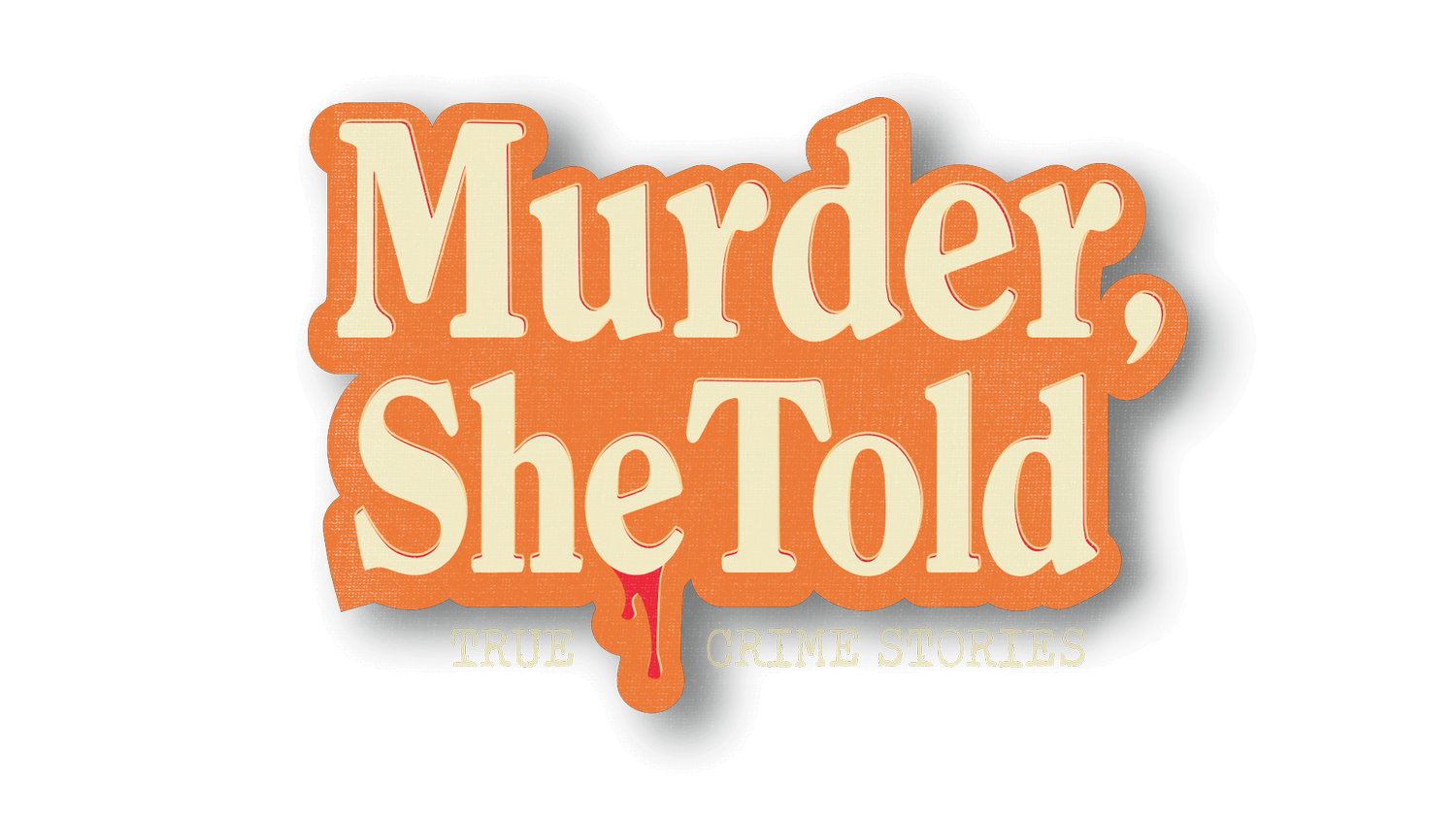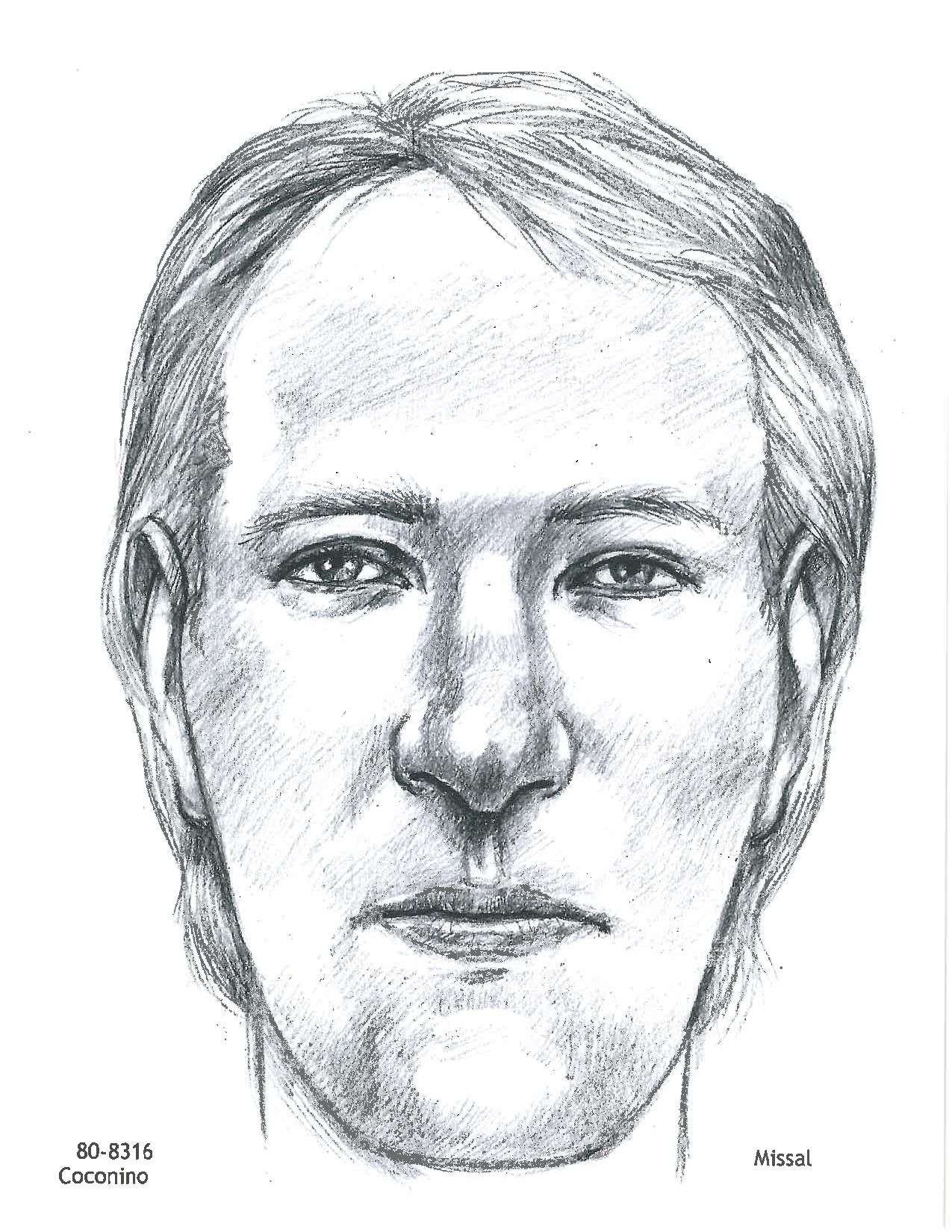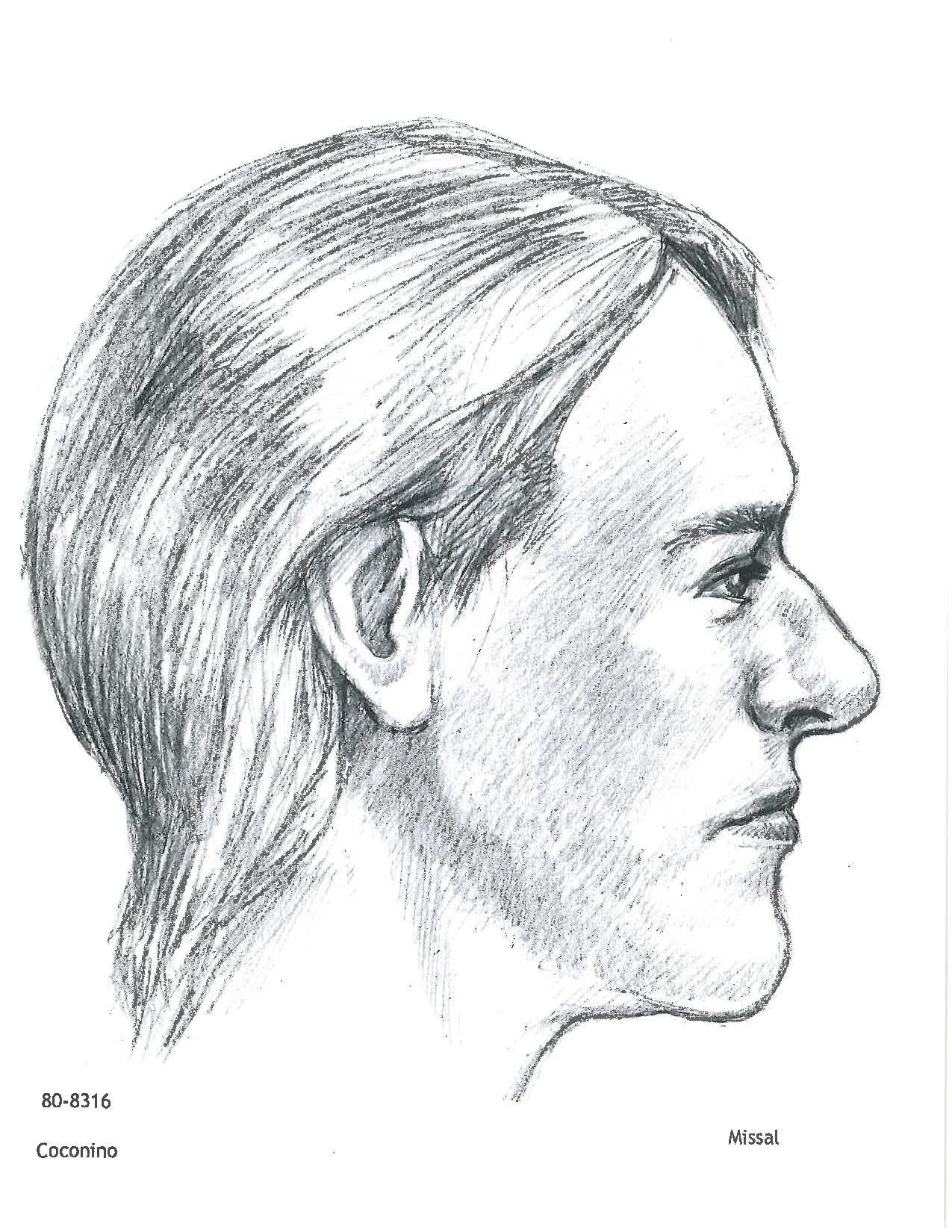Cracking Cold Cases Using Investigative Genetic Genealogy
Cairenn Binder with IGG Center staff and students (John O’Boyle photography, courtesy of Ramapo College)
What is Investigative Genetic Genealogy?
Investigative Genetic Genealogy (also known as IGG) is a powerful tool that combines traditional genealogy with advanced DNA analysis to help solve cases. When there’s an available DNA profile, IGG can be used to identify unknown human remains, find perpetrators of violent crimes, and even exonerate people who have been wrongfully accused.
IGG gained widespread attention in 2018 when it helped identify and arrest Joseph DeAngelo, also known as the Golden State Killer and East Area Rapist. DeAngelo was responsible for a series of murders and assaults across California in the 1970s and 80s. His capture highlighted how this cutting-edge method could crack cold cases and bring justice to victims.
Today, investigative genetic genealogy continues to offer new leads in unsolved cases, helping law enforcement bring closure to families and communities.
I spoke with Cairenn Binder, the Assistant Director of the IGG Center at Ramapo College of New Jersey, and the Director of their IGG Certificate Program, to learn more about her job as an investigative genetic genealogist.
Cairenn: What I do is the combination of advanced DNA testing and public records research—traditional genealogy—to identify perpetrators of violent crime and unidentified human remains. So we're using crime scene samples or samples from unidentified human remains, a DNA profile, and then using genealogy research to figure out who that person is.
Here are some cases that Ramapo College IGG Center students are currently working on…
UNIDENTIFIED: Harshaw John Doe. Harshaw, WI, 2000.
On October 4, 2000, the remains of an unidentified man, known as Harshaw John Doe, were discovered in Harshaw, Wisconsin. Authorities estimated the man to be between 45 and 60 years old at the time of his death. Although some personal items were found with him, his identity remains unknown to this day.
Among the items found on Harshaw John Doe was a possible piece of a Pennsylvania driver's license or ID card, and a hemp necklace with a gold-colored ring engraved with the monogram HFM. He was wearing size 34 Jockey-style underwear, dark sweatpants, a black pullover shirt, green wool socks, and a sweatshirt featuring a mountain design with the word "West." He also wore a Wear Guard brand sweatshirt and a white T-shirt from the David Taylor brand, along with sunglasses.
In addition to the clothing on his body, several items were found nearby, including a blue backpack, a blue sleeping bag, a large hunting knife, multiple pain medications, and the stuffed bunny rabbit.
Despite these clues, Harshaw John Doe’s identity has yet to be discovered. The case remains unsolved, and authorities hope that one day, with the help of advances in forensic science, his family can find closure.
If you think you have any information on the identity of Harshaw John Doe, please contact the Oneida County Sheriff's Office at 715-361-5199.
UNIDENTIFIED: The Kolb Skeleton, Grand Canyon, 1920s
In 1977, a chilling discovery was made in the boathouse garage of legendary photographer Emery Kolb: a skeleton hidden inside a canoe.
The remains, now known as the Kolb Skeleton, were first uncovered in the Grand Canyon in 1933. Although the discovery took place years later, the skeleton was found in Kolb's possession, sparking intrigue. Examination of the remains indicated they belonged to a male between the ages of 20 and 23, standing approximately six feet tall. A .32 caliber bullet was lodged in the skull, suggesting a violent death occurred in the 1920s.
The skull was initially believed to belong to Glen Hyde, a man who vanished in 1928 along with his wife, Bessie, further investigation revealed a more complex story linked to the skeleton's origins and identity.
The tale of Glen and Bessie Hyde adds an extra layer of mystery to this story: In 1928, the newlyweds aimed to make a record run through the Grand Canyon's treacherous Colorado River Rapids. They sought guidance from Emery Kolb, who had done the trip successfully. Meeting them halfway through their journey, Kolb urged the couple to reconsider, warning them that the worst rapids lay ahead and that they weren’t prepared to handle it. Just two days later, their boat was discovered abandoned, but there was no sign of the couple.
While the Kolb Skeleton sparked speculation about its connection to the missing Hydes, experts who analyzed the remains concluded otherwise. A segment on Unsolved Mysteries featured a superimposed photograph of Glen Hyde's face over the skull, but the forensic expert determined that the skull did not belong to him.
As of 2024, Glenn and Bessie Hyde remain missing and the Kolb Skeleton is still unidentified.
Now, Ramapo College IGG Center has partnered with Coconino County Medical Examiner's Office and Astrea Forensics to finally identify the Kolb Skeleton and bring a resolution to one of the mysteries in the Grand Canyon.
Here are some cases that have been resolved that the students at Ramapo College IGG Center worked on…
IDENTIFIED: Norman ‘Norm’ Glasser, Rhinelander John Doe
On March 19, 1980, a man’s body was discovered in a snowy field near Highway 17 in Pine Lake, Wisconsin. The body was found with no identification, and a forensic autopsy revealed that the man had died from hypothermia. It wasn’t clear why he was in the field, but investigators believed it could be possible that he came from the nearby Sugar Camp, but wasn’t dressed suitably for the cold weather. He was found wearing oxford shoes, a plaid shirt and sweater, a corduroy jacket, pants, and earmuffs.
Despite fingerprinting and years of investigation, the Oneida County Sheriff’s Department and other investigators were unable to determine who he was. The case remained unsolved for decades, with officials continuing to search missing persons reports for clues.
In 2019, the unidentified man, known only as Rhinelander John Doe, was entered into the NamUs database, but all potential matches came up negative. In 2021, the Oneida County Medical Examiner’s Office exhumed the body for DNA collection, sending samples to the FBI for profiling.
Finally, in January 2023, students from the Ramapo College Investigative Genetic Genealogy (IGG) Center were called in to help. Through advanced DNA testing and genetic genealogy, they worked with Intermountain Forensics to analyze DNA extracted from the man’s remains. By May, they had made a breakthrough. Using genealogical databases, the students identified Rhinelander John Doe as Norman Grasser from Chicago, Illinois.
Norman Grasser had been missing since January 1980, but his brother had been searching for him for over 40 years. This case highlights how advancements in DNA testing and genetic genealogy are helping to solve cold cases and bring peace to families who have been waiting for answers for decades.
EXONERATED: Robert and David Bintz, Green Bay, WI, 2000
On the night of August 3, 1987, Sandra Lison disappeared from the Good Times Bar in Green Bay, Wisconsin, where she worked as a bartender. The following morning, her body was discovered in the rural Machickanee Forest, thirty miles away. The evidence indicated that Sandra had been beaten, strangled, and sexually assaulted.
Investigators initially focused on identifying a man seen talking to Sandra shortly before she disappeared, but despite their efforts, he was never located, and the case went cold for over a decade.
In 1998, while incarcerated for unrelated offenses, a fellow inmate revealed to prison guards that his cellmate, David Bintz, had been having nightmares about killing a woman. David allegedly confessed to his cellmate that he had helped his brother, Robert, kill Sandra after an argument over the price of beer at the bar. This confession prompted investigators to revisit the Bintz brothers, who had been questioned early in the investigation.
However, a significant flaw in the case emerged: despite the accusations, there was no physical evidence linking David and Robert to the crime. In fact, DNA testing from Sandra’s remains excluded both brothers as potential suspects. Nonetheless, in 2000, they were tried and convicted of first-degree murder, sentenced to life in prison.
Years passed without justice, but in 2019, the Great North Innocence Project (GNIP) took on Robert Bintz’s case, aiming to find the true perpetrator. Around the same time, the field of investigative genetic genealogy (IGG) began to make headlines for its role in solving cold cases. In 2023, GNIP turned to the Ramapo College IGG Center for assistance. Within just two days, a team of students and staff generated a promising lead indicating that the source of the DNA was likely one of three brothers living in the Green Bay area at the time.
In May 2024, the student genealogists at Ramapo College identified William Hendricks as the prime suspect, and his body was exhumed for DNA analysis. The results confirmed a match, leading to the reopening of the Bintz brothers’ case in August 2024. On September 24, the State of Wisconsin acknowledged Hendricks as the actual perpetrator and agreed to exonerate David and Robert Bintz. The following day, a judge ordered their release from prison after nearly 25 years of wrongful imprisonment.
The case of the Bintz brothers is a poignant reminder of the power of investigative genetic genealogy in correcting miscarriages of justice. Prior to their exoneration, only two individuals had been freed in the U.S. through IGG.
Dr. David Gurney, director of the IGG Center at Ramapo College, founded the center to help leverage IGG technology for wrongful convictions. His hope is that the Bintz brothers' story will inspire more organizations to pursue IGG in other unresolved cases.
Learn more about the other unidentified cases that Ramapo IGG Center students are working to resolve.
This text has been adapted from the Murder, She Told podcast episode, Cracking Cold Cases with Investigative Genetic Genealogy. To hear Cairenn Binder’s full interview and learn more about Ramapo and the cold cases they’re working to solve, find Murder, She Told on your favorite podcast platform.
Click here to support Murder, She Told.
Connect with Murder, She Told on:
Instagram: @murdershetoldpodcast
Facebook: /mstpodcast
TikTok: @murdershetold
Staff and students at the IGG Center in action. (John O’Boyle photography, courtesy of Ramapo College)
Sources For This Episode
Mentioned in this episode: Patricia Newsom: East Haven Jane Doe Identified
Read Lay Them to Rest by Laurah Norton
Special Thanks to Cairenn Binder of the Ramapo College IGG Center
Episode Sources
NamUs: profile for Harshaw John Doe
NamUs: profile for the Kolb Skeleton
Ramapo College: New lead in 1987 Wisconsin murder of Sandra Lison could produce third IGG exoneration
Ramapo College: New Jersey College Students Help Overturn Wrongful Conviction Murder Cases of Two Brothers in Wisconsin
Ramapo College, Investigative Genetic Genealogy Center
Ramapo College, Norman Grasser of Chicago, IL
Photos
Ramapo College, NamUs, Wausau Daily Herald. Photos of IGG students by John O’Boyle Photography, courtesy of Ramapo College.
Episode Credits
This episode was researched, written, and edited by Kristen Seavey
Murder, She Told was created by Kristen Seavey











